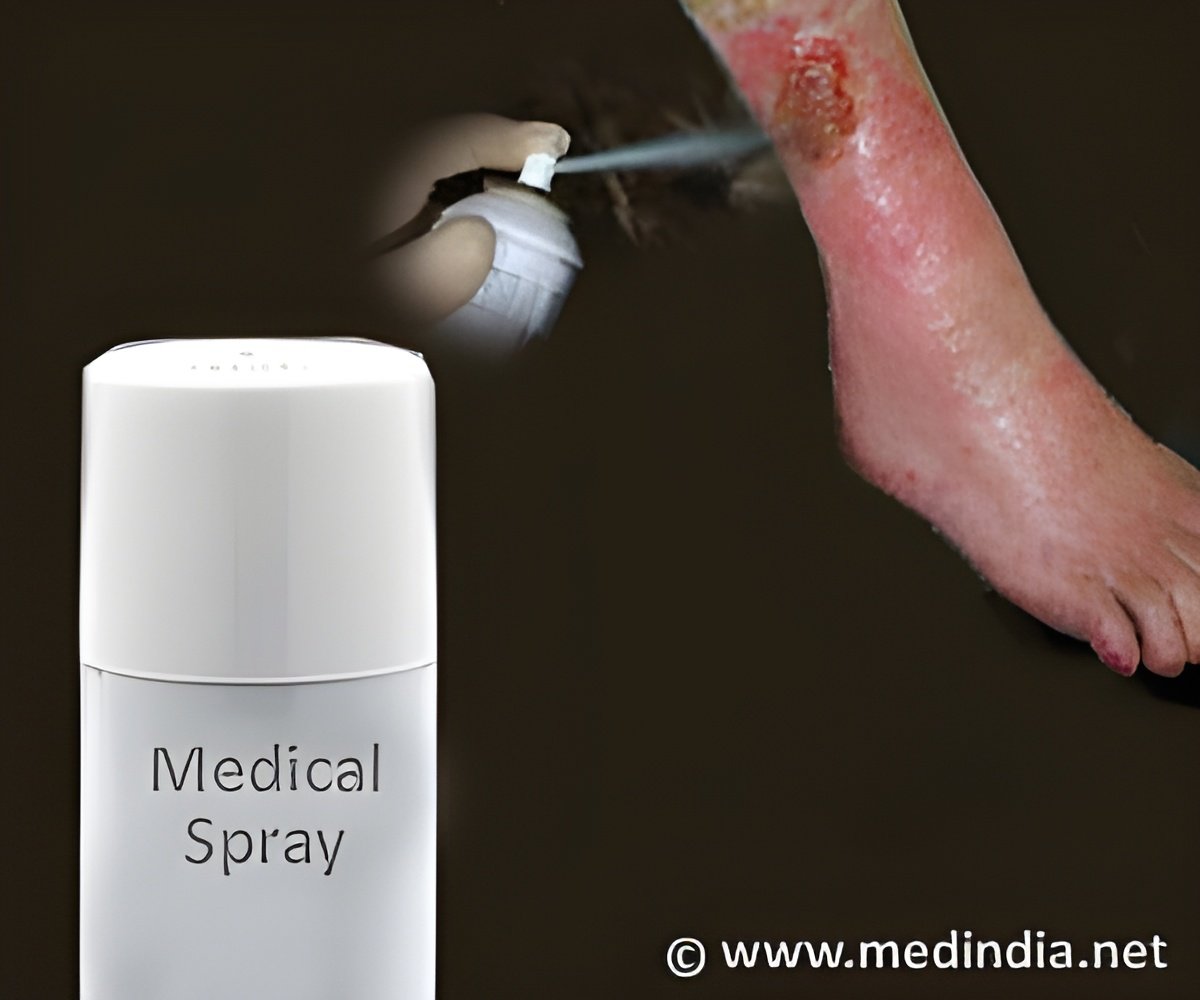Buruli ulcers are open skin lesions caused when myobacterium ulcerans infects the skin and subcutaneous tissues and secretes a lipid toxin, mycolactone.
Buruli ulcers are open skin lesions caused when myobacterium ulcerans infects the skin and subcutaneous tissues and secretes a lipid toxin, mycolactone. In this issue of the
Journal of Clinical Investigation, researchers led by Caroline Demangel at the Pasteur Institue in Paris investigated the molecular actions of mycolactone and found that it dysregulates the cellular skeleton (cytoskeleton) through activation of a protein known as N-WASP.
They found that excessive N-WASP activity caused defects in cell adhesion and migration that impaired the integrity of the skin. Demangel and colleagues demonstrated that they could block the degradation process by administration of the N-WASP inhibitor wiskostatin. These results reveal the molecular pathogenesis of M. ulcerans and suggest that drugs that disrupt mycolactone/N-WASP interaction could be used to treat Buruli ulcers.
Source-Eurekalert
